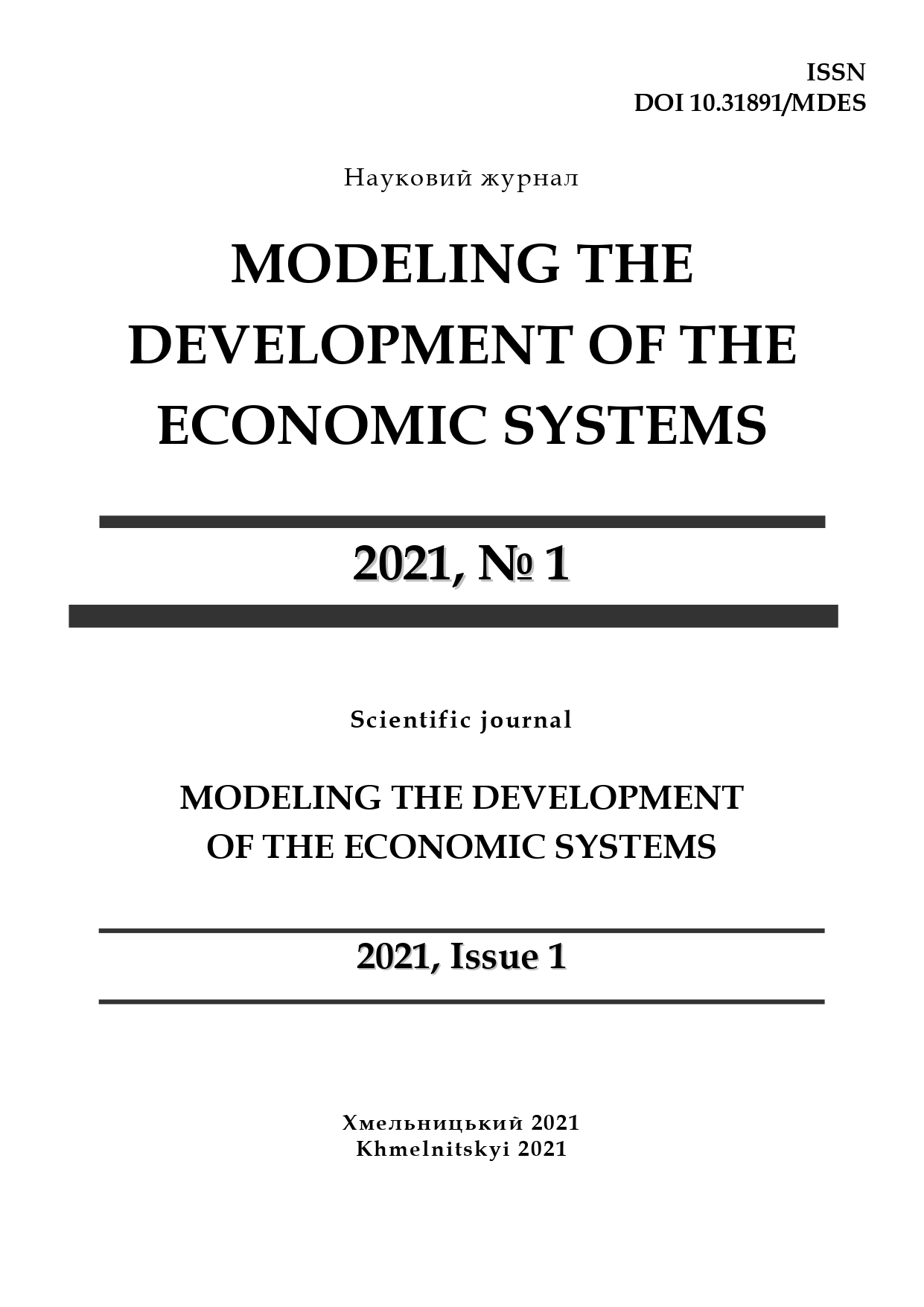METHODOLOGICAL FRAMEWORK FOR MODELLING INTEGRATION RISKS IN ECONOMIC EMERGENCE
DOI:
https://doi.org/10.31891/mdes/2021-1-3Keywords:
system, modeling, emergence, emergent properties, taxonomy, integration risksAbstract
The article discusses the methodological basis for modeling integration risks of the social and economic system, namely the association of enterprises and organizations in the value-added chain in the context of the emergent economy. The theoretical basis and practical aspects of the risk-taking of integration processes were presented, features of integration and methods of risk modeling in value chains in socio-economic systems were identified. Systematized taxonomic survey of emergent state of socio-economic system has been developed. The components of the integration of enterprises in the context of the formation of value chains are presented and the most efficient modeling methods in unstable environments have been identified. The algorithm of comparative estimation of emergent properties with dual poles of results of functioning of economic system and structural organization of system of modeling of indicators of emergencies taking into account influence of integration risks is presented. The methodological bases for the modeling of indicators under the influence of investment risks based on fuzzy logic according to system safety criterion are presented, A comparative assessment framework for modeling integration risks in value chains and a framework for modeling integration risks of economic potential and strategic resilience of the socio-economic system. It is noted that the method of comparative evaluation serves as an indicator of compliance of the conclusions of the model of dynamic chaos, which has a dual attractor and depends on the phase portrait. The taxonomy of the emergent state of the economic system serves to identify the integral values of innovative reflection and is to identify new properties that characterize the influence of the external environment on changes in the whole system with varying degrees of resonance. Peculiarities of modeling of integration factors at the bifurcation point when positive and negative emergent properties arise are highlighted. The vectors of the integration process, which depend on the adaptation potential of the new structural units (institutions), should be included in the formation of the model. The key factors and indicators influencing the sensitivity of economic potential and strategic elasticity of the system of value chains of enterprises are identified.




